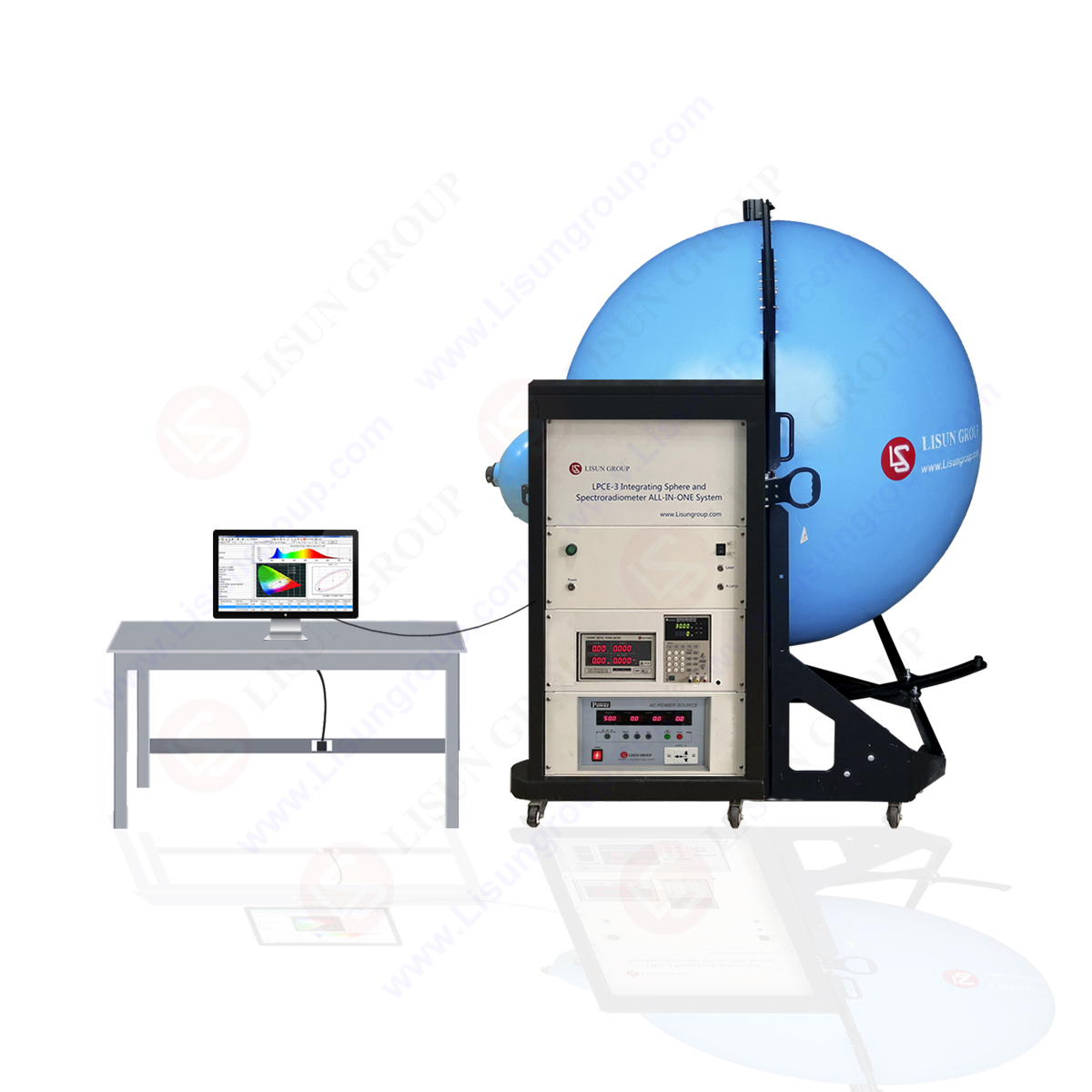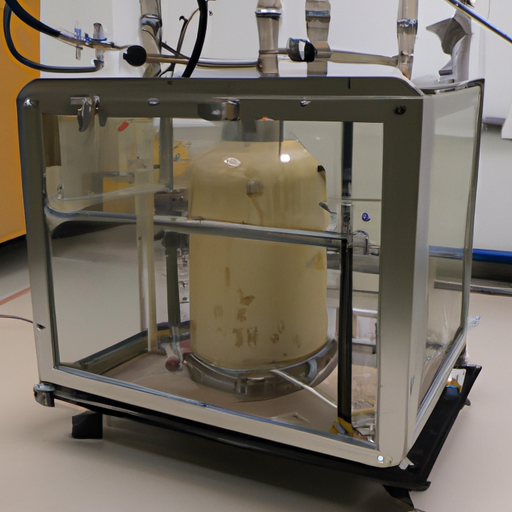ESD Simulators: What You Need to Know for Quality Testing
Table of Contents
Ensuring the quality of your products is essential for any business. To guarantee that your products meet the highest standards, it’s important to use ESD simulators during testing. ESD simulators are designed to generate electrostatic discharges that mimic real-world conditions. This allows you to accurately assess the performance of your products in the field.
When selecting an ESD simulator, it’s important to consider the type of test you’re performing. For example, you may need a simulator that can generate discharges with a wide range of voltages and waveforms. Additionally, you should consider the size and weight of the simulator, as well as its portability.
Once you’ve selected an ESD simulator, you’ll need to ensure that it’s properly calibrated. This will ensure that the simulator is producing accurate results. Additionally, you should consider the safety features of the simulator. This will help to protect your employees and equipment from potential damage.
Finally, it’s important to consider the cost of the simulator. While some simulators may be more expensive than others, they may also offer additional features that make them worth the investment.
To learn more about ESD simulators and how they can help you ensure the quality of your products
Introduction
ESD (electrostatic discharge) simulators are essential tools for quality testing of electronic components and systems. They help ensure that products meet the highest standards of safety and reliability. With the right ESD simulator, you can accurately test for the susceptibility of electronic components to electrostatic discharge and ensure that they will function properly in the real world. In this article, we’ll discuss the different types of ESD simulators, how they work, and what you need to know to choose the right one for your needs.
Understanding the Different Types of ESD Simulators
Electrostatic discharge (ESD) simulators are used to test the electrostatic discharge immunity of electronic components and systems. ESD simulators provide a means to evaluate the performance of electronic components and systems under the influence of ESD events. They are used to simulate ESD events that can occur in the field, such as those caused by human contact or electrostatic fields.
ESD simulators come in a variety of types, each designed to test different aspects of ESD immunity. The most common types of ESD simulators are contact discharge simulators, air discharge simulators, and indirect discharge simulators.
Contact discharge simulators are designed to simulate the ESD event that occurs when a person touches an electronic component or system. They generate a high voltage pulse that is applied directly to the component or system. This type of simulator is used to test the ability of a component or system to withstand a direct ESD event.
Air discharge simulators are designed to simulate the ESD event that occurs when a person walks across a carpeted floor. They generate a high voltage pulse that is applied to the component or system through the air. This type of simulator is used to test the ability of a component or system to withstand an indirect ESD event.
Indirect discharge simulators are designed to simulate the ESD event that occurs when a person touches an object that is connected to an electronic component or system. They generate a high voltage pulse that is applied to the component or system through the object. This type of simulator is used to test the ability of a component or system to withstand an indirect ESD event.
ESD simulators are an important tool for testing the electrostatic discharge immunity of electronic components and systems. They provide a means to evaluate the performance of electronic components and systems under the influence of ESD events. Understanding the different types of ESD simulators and their applications is essential for ensuring the reliability and performance of electronic components and systems.
Benefits of Using ESD Simulators for Quality Testing
ESD (electrostatic discharge) simulators are essential tools for quality testing, as they help to ensure that products are designed and manufactured to withstand the damaging effects of electrostatic discharge. By simulating real-world conditions, ESD simulators can be used to identify potential problems before they become costly issues in the field.
ESD simulators are designed to generate a range of electrostatic discharge levels that mimic the natural environment. This allows manufacturers to test the durability of their products in a controlled environment, and to identify any weaknesses that may cause failure in the field.
The benefits of using ESD simulators for quality testing are numerous. For one, they provide an accurate representation of real-world conditions, allowing manufacturers to identify potential problems before they become costly issues in the field. Additionally, they can be used to test a variety of components, including connectors, switches, and other electrical components. This helps to ensure that all components are properly designed and manufactured to withstand the damaging effects of electrostatic discharge.
Furthermore, ESD simulators can be used to test the performance of a product in different environments. This allows manufacturers to identify any potential problems that may arise in different conditions, such as high humidity or extreme temperatures. Additionally, they can be used to test the performance of a product over time, allowing manufacturers to identify any issues that may arise due to aging or wear and tear.
Finally, ESD simulators are relatively inexpensive and easy to use. This makes them ideal for use in a variety of settings, from large-scale production lines to small-scale laboratories. As such, they are an invaluable tool for quality testing, helping to ensure that products are designed and manufactured to the highest standards.
Evaluating the Performance of ESD Simulators
Evaluating the performance of ESD simulators is an important part of ensuring that these tools are accurate and reliable. An ESD simulator is a device used to simulate electrostatic discharge (ESD) events in order to test the performance of electronic components and systems. The performance of an ESD simulator can be evaluated in several ways, including measuring the accuracy of the simulated ESD events, assessing the repeatability of the simulator, and evaluating the speed and reliability of the simulator.
Accuracy is the most important factor when evaluating the performance of an ESD simulator. To measure accuracy, the simulator should be tested against a known ESD event, such as a lightning strike or a static discharge. The simulator should be able to accurately reproduce the event in terms of its peak voltage, current, and energy. Additionally, the simulator should be able to accurately reproduce the duration of the event.
The repeatability of an ESD simulator is also important to consider. The simulator should be able to accurately reproduce the same ESD event multiple times. This ensures that the simulator is reliable and that the results of the tests are consistent.
The speed and reliability of an ESD simulator are also important factors to consider. The simulator should be able to quickly and reliably generate the ESD event, as well as accurately measure the event’s parameters. Additionally, the simulator should be able to quickly and reliably generate multiple ESD events in order to test the performance of a device or system.
Finally, the safety of an ESD simulator should also be evaluated. The simulator should be designed and constructed in such a way that it does not pose a risk to the user or the device or system being tested. Additionally, the simulator should be able to generate ESD events in a controlled manner, so that the event does not cause any damage to the device or system being tested.
Evaluating the performance of an ESD simulator is an important part of ensuring that the device is accurate and reliable. By measuring the accuracy, repeatability, speed, reliability, and safety of the simulator, engineers can ensure that the device is suitable for testing the performance of electronic components and systems.
Ensuring Proper Calibration of ESD Simulators
Ensuring proper calibration of ESD simulators is essential for accurate and reliable testing of electronic components and systems. Calibration ensures that the ESD simulator is producing the correct levels of voltage and current, and that the test results are accurate and repeatable.
The calibration process begins with a check of the ESD simulator’s physical condition. The ESD simulator should be free of any visible damage or corrosion, and all connections should be secure. The next step is to verify the ESD simulator’s power supply. The voltage and current should be within the manufacturer’s specifications.
Once the physical condition and power supply have been verified, the ESD simulator must be calibrated. This is done by measuring the voltage and current output of the ESD simulator at various test points. The test points should be chosen based on the type of test being performed and the ESD simulator’s specifications. The test points should be chosen so that the voltage and current outputs are within the manufacturer’s specifications.
Once the test points have been chosen, the ESD simulator must be adjusted to produce the correct voltage and current outputs. This is done by adjusting the ESD simulator’s internal components, such as resistors and capacitors. The adjustments should be made in small increments until the correct voltage and current outputs are achieved.
Once the ESD simulator has been calibrated, it should be tested to ensure that the voltage and current outputs are correct. This is done by connecting the ESD simulator to a test load and measuring the voltage and current outputs. The test load should be chosen based on the type of test being performed and the ESD simulator’s specifications.
Once the ESD simulator has been tested and verified, it should be stored in a safe and secure location. This will ensure that the ESD simulator is always ready for use and that the calibration is not compromised.
Calibrating an ESD simulator is a critical step in ensuring accurate and reliable testing of electronic components and systems. Proper calibration ensures that the ESD simulator is producing the correct levels of voltage and current, and that the test results are accurate and repeatable. It is important to follow the manufacturer’s instructions when calibrating an ESD simulator to ensure the best possible results.
Identifying the Best ESD Simulators for Your Testing Needs
When it comes to testing the effectiveness of your electrostatic discharge (ESD) protection measures, the best way to do so is by using an ESD simulator. An ESD simulator is a device that can generate a wide range of ESD pulses, allowing you to test the performance of your ESD protection measures. With the right ESD simulator, you can ensure that your ESD protection measures are up to the task of protecting your components from ESD damage.
When selecting an ESD simulator for your testing needs, there are several factors to consider. First, you need to determine the type of ESD pulse you need to generate. Different ESD simulators are designed to generate different types of ESD pulses, such as human body model (HBM), machine model (MM), and charged device model (CDM). Each type of pulse has its own unique characteristics, so it’s important to select the type of pulse that best suits your testing needs.
Second, you need to consider the voltage range of the ESD simulator. Different ESD simulators are designed to generate different voltage ranges, so it’s important to select an ESD simulator that can generate the voltage range you need. Generally, the higher the voltage range, the more expensive the ESD simulator will be.
Third, you need to consider the pulse width of the ESD simulator. Different ESD simulators are designed to generate different pulse widths, so it’s important to select an ESD simulator that can generate the pulse width you need. Generally, the shorter the pulse width, the more expensive the ESD simulator will be.
Finally, you need to consider the size and portability of the ESD simulator. Different ESD simulators are designed to be more or less portable, so it’s important to select an ESD simulator that is the right size and weight for your testing needs. Generally, the larger and heavier the ESD simulator, the more expensive it will be.
By taking all of these factors into consideration, you can select the best ESD simulator for your testing needs. With the right ESD simulator, you can ensure that your ESD protection measures are up to the task of protecting your components from ESD damage.
Conclusion
ESD simulators are essential for quality testing, as they provide an effective way to test for electrostatic discharge. By using an ESD simulator, manufacturers can ensure that their products are safe and reliable. Additionally, ESD simulators can help manufacturers save time and money by reducing the need for manual testing. With the right ESD simulator, manufacturers can ensure that their products meet the highest standards of quality and safety.
Excerpt
ESD simulators are essential for quality testing, as they can replicate the electrical discharges that can occur in the real world. They are used to test the durability of products and ensure that they are safe for use. ESD simulators can help identify any weak points in a product, ensuring it meets quality standards.

 中文简体
中文简体





